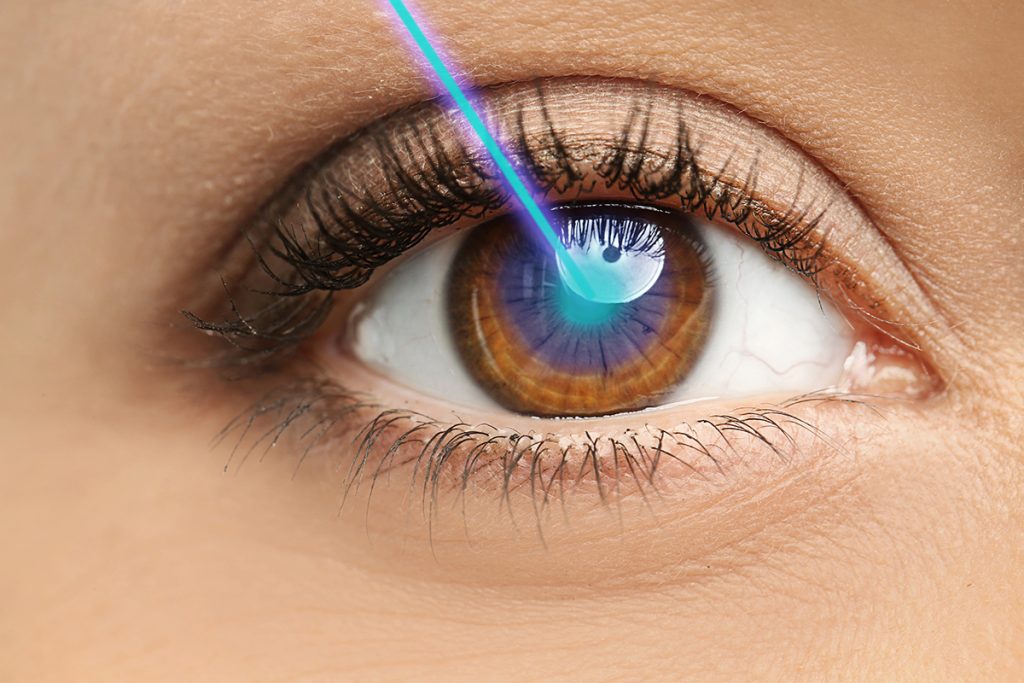
Laser eye surgery can give you the freedom to enjoy every moment of your day with crisp vision. PRK and LASIK are refractive procedures that use laser technology to correct nearsightedness (myopia), farsightedness (hyperopia) and astigmatism. Which one is right for you depends on your prescription, eye health, ocular anatomy and lifestyle.
Dr. Raymond Stein in Toronto is a skilled and experienced eye surgeon who has helped countless people eliminate the need for contact lenses and glasses. LASIK and PRK can give you excellent vision, but they differ in their approach. LASIK creates a flap in the epithelial layer on the surface of your cornea to reveal the deeper tissue layer for the laser and folds it back into place after the laser has reshaped the cornea. PRK removes the epithelium entirely and uses a contact-like bandage to protect the eye while you heal and regrow the surface layer. Depending on your eyes and circumstances, PRK may be a better fit for you.
1. High Myopia
Severe nearsightedness can increase your risk for LASIK complications such as halos around lights at night. The higher your prescription, the more tissue removal is needed to improve your vision. PRK may be a better option for you if your nearsightedness exceeds -6.00 diopters.
2. Thin Corneas
LASIK needs sufficient corneal thickness to create the flap for the procedure. Thin corneas often don’t have enough tissue to form the flap without increasing post-surgery risks, such as dry eyes and vision disturbances at night.
3. Dry Eye Disease
People who struggle with dry eyes are typically not candidates for LASIK due to the disruption in the nerves when the flap is created. LASIK already carries a small risk for dry eyes in the months after your procedure, and those who already experience dry eye disease are at risk for worsening symptoms. PRK does not carry the same concern for dry eyes because the epithelium regenerates during recovery.
4. Athletes and People Who Enjoy High-Impact Activities
People who play professional sports such as basketball or football may benefit more from PRK than LASIK. High-impact activities, including martial arts and military careers, increase your risk for eye trauma and post-LASIK flap complications.
5. PRK May Carry a Lower Price Tag
PRK was the original refractive eye surgery approved for use in 1995. While many people may prefer LASIK for the faster recovery, PRK may cost you less.
If you’re interested in LASIK or PRK, contact Dr. Raymond Stein in Toronto today to see which laser eye surgery is right for you.